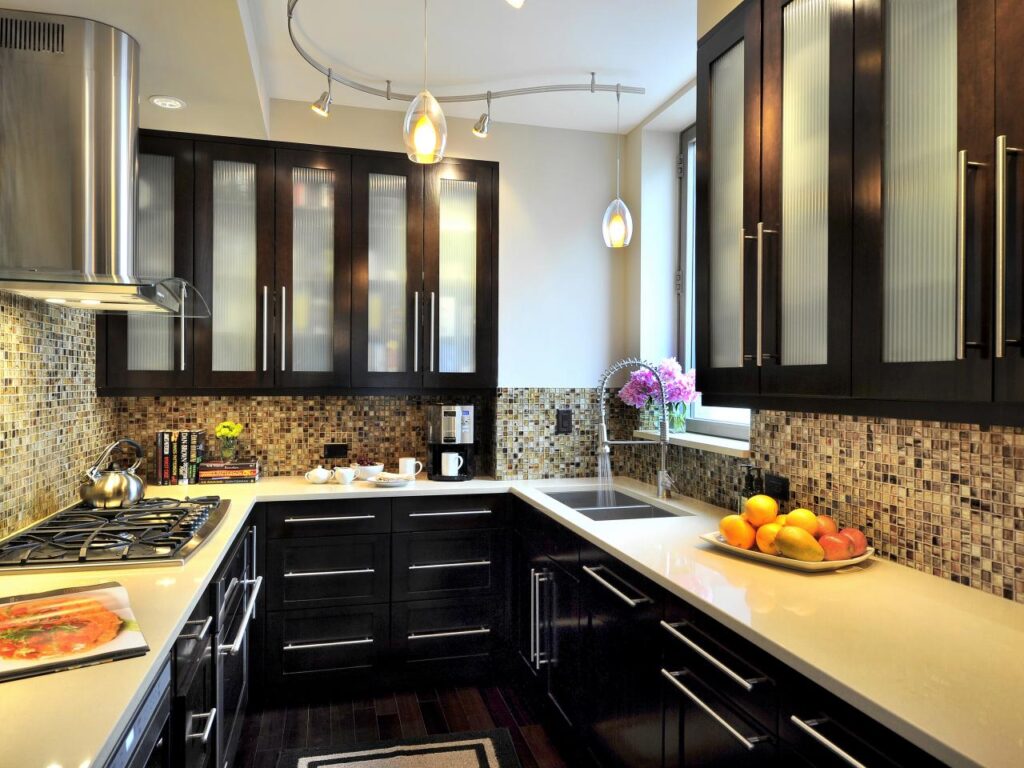STORAGE OPTIONS
The type of storage in a kitchen is almost as important as the amount. Some people like at least a few open shelves for displaying attractive china or glassware; others want absolutely everything tucked away behind doors.
What are your storage needs? The answer depend partly on how many pots, pans, and other pieces of kitchen equipment you have or would like to have. A family that goes food shopping several times a week and prepares mostly fresh food needs more refrigerator space, less freezer capacity, and fewer cabinets than a family that prefers packaged or prepared foods and makes only infrequent forays to the local supermarket.
Planning
To help clarify your needs, mentally walk yourself through a typical meal and list the utensils used to prepare food, where you go them, and your progress throughout the work area. And don’t limit yourself to full-scale meals. Much kitchen work is devoted to preparing snacks, reheating leftovers, and making lunches for the kids to take to school.



